timmymagic
Forever disappointed in MoD procurement...
- Joined
- 23 August 2011
- Messages
- 1,035
- Reaction score
- 2,738
Attachments
Last edited by a moderator:
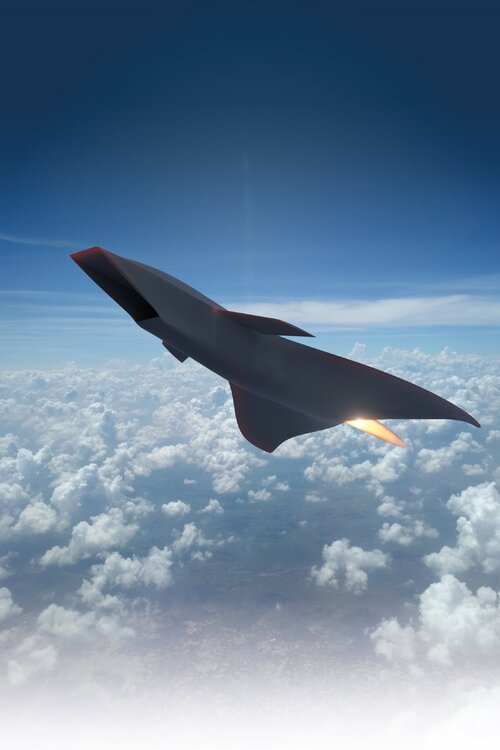
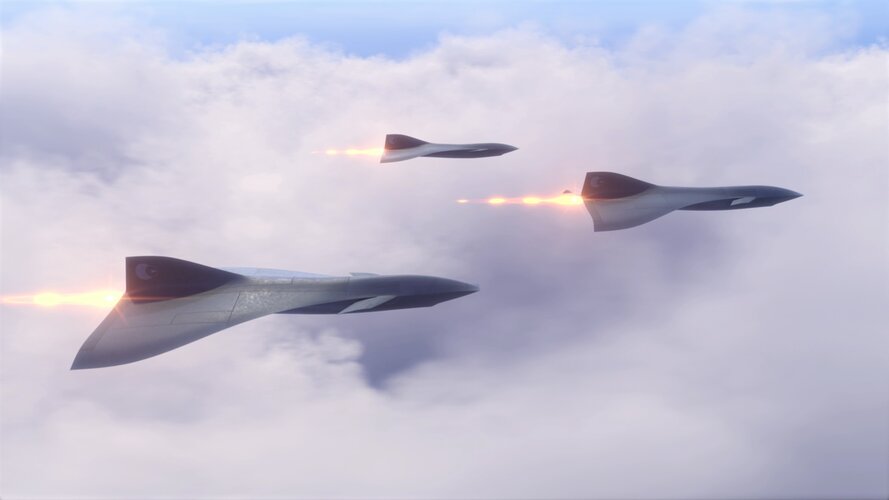
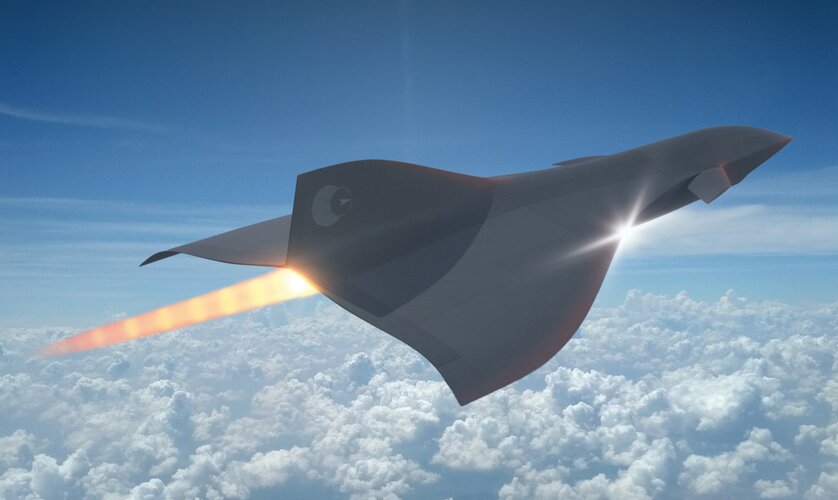
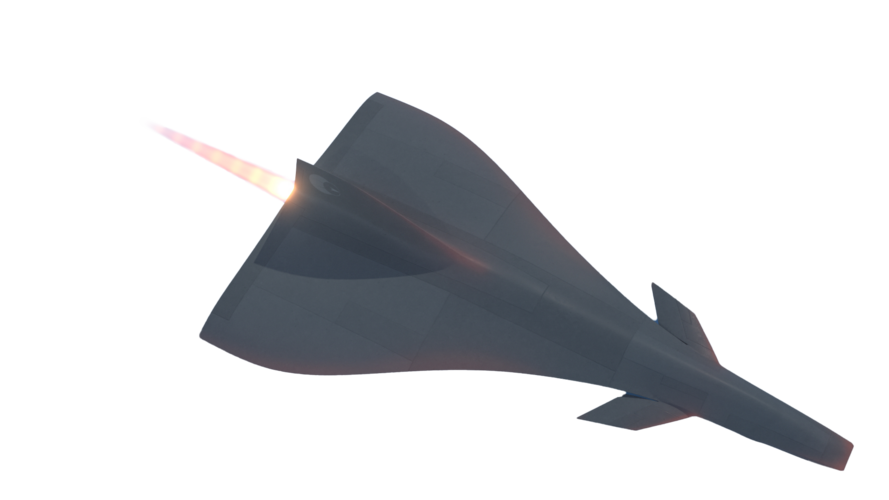
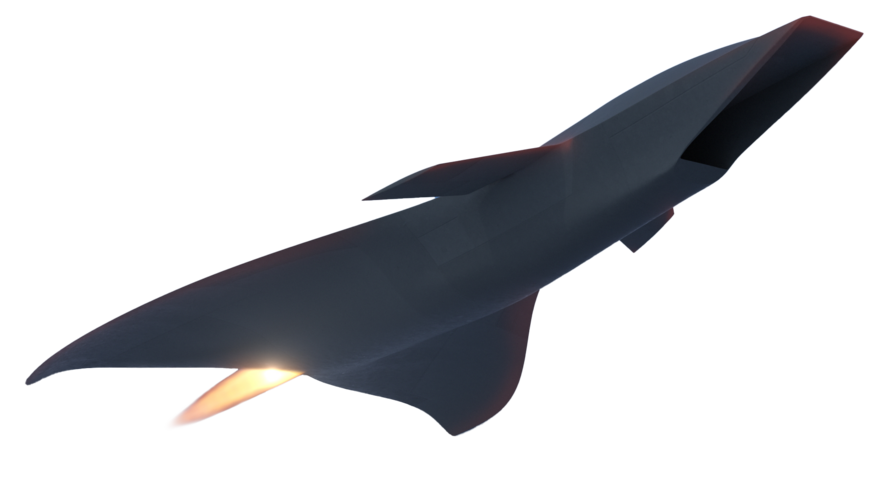
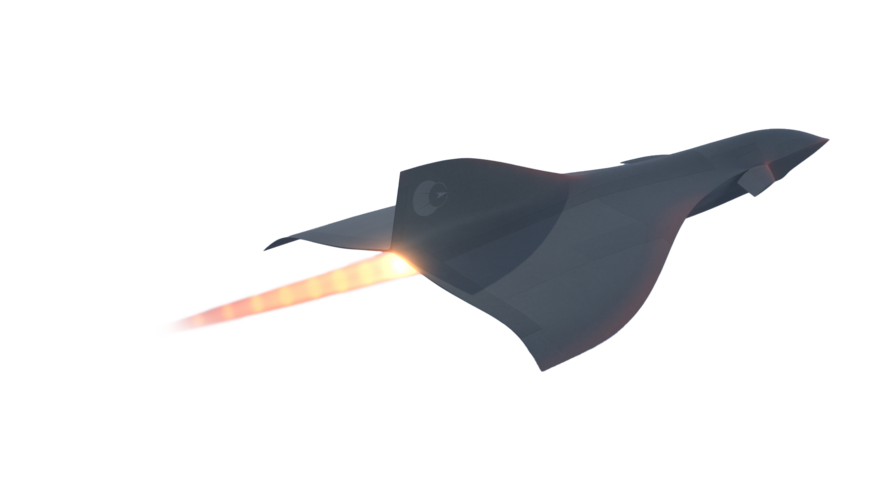
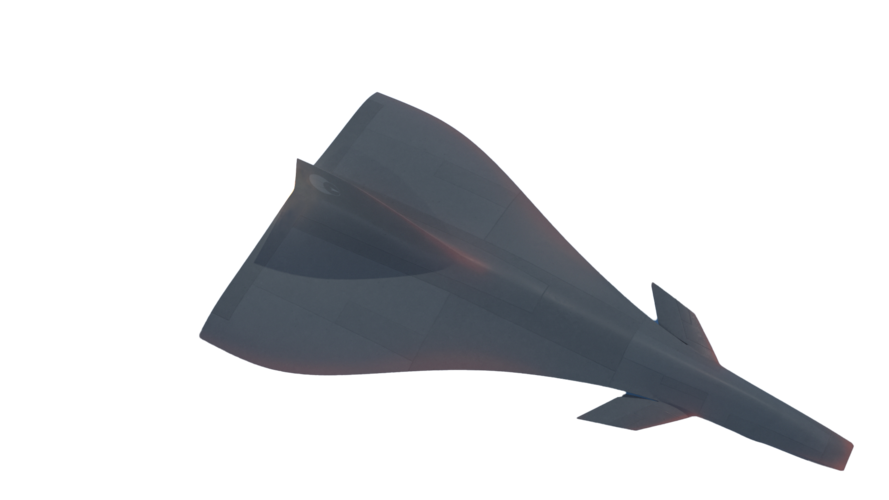
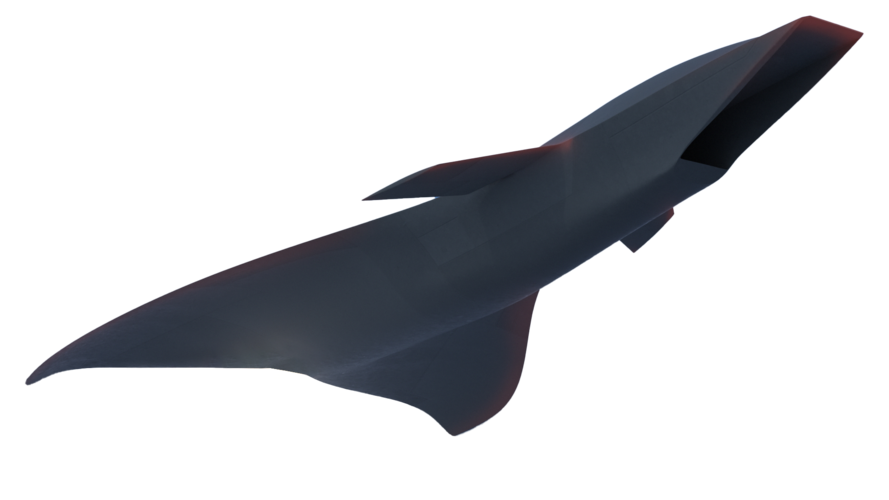

The project appears challenging with someone to design and build an airframe.Note the lack of any actual airframe manufacturer or systems house in the group. Suggests the Concept V is about as practical as Skylon.
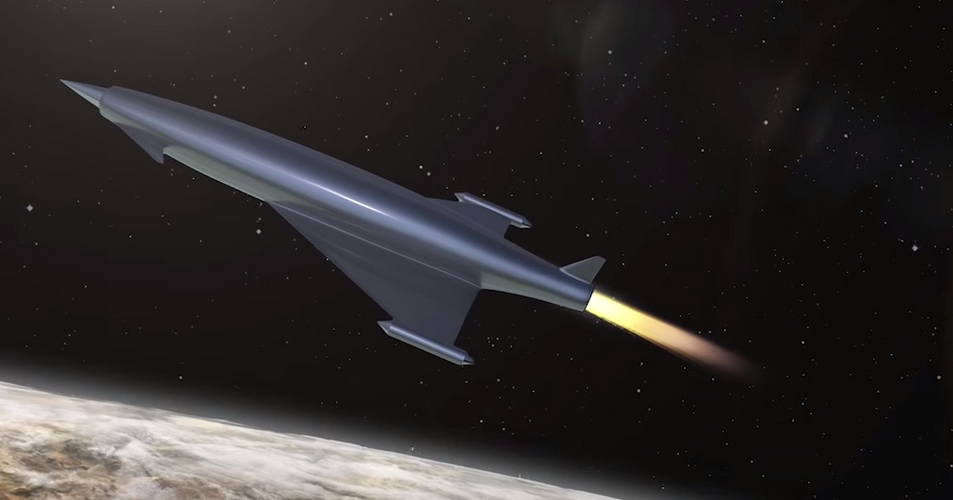
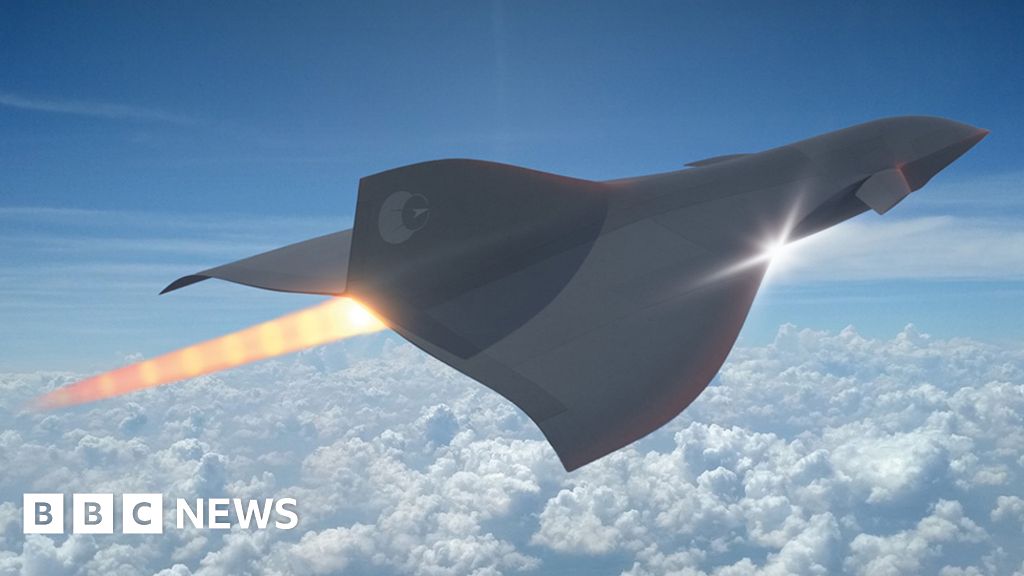
There was brief mention of the EJ200 precooler project back in 2019 here https://www.secretprojects.co.uk/th...ine-skylon-spaceplane.2455/page-8#post-367099Apparently the heat exchanger was tried out on an EJ200, as used in the Eurofighter, a few years back. Is this the first we have heard of that project?
Although specifics of the propulsion concept are not revealed Thomas says the new propulsion system “blends our heat exchanger technology with Rolls-Royce’s gas turbine expertise. It is very related to the work we set off to do in 2018-19 and is a natural evolution to something that is ultra-low cost and very rapid in terms of development and demonstration.”
The proposed baseline combined-cycle engine is expected to consist of a gas turbine core integrated with the Reaction precooler system. The turbine will be used to propel the vehicle from a standing start on the runway to a mode transition speed–likely in the Mach 3 range–upon which the engine will be cocooned and thrust provided by a ramjet/ramburner. Reaction is believed to be exploring the potential use of the turbine and precooler, even after isolating it, to provide thermal control and power for on-board systems and weapons.
Cold (ambient) flow tests of the integrated heat exchanger and an unidentified donor gas turbine is already underway. “That will evolve through this year to the point where we can go to a hot [rig] test and ultimately to a flight test,” Thomas says.
Although Mach 5 speeds and above are targeted, Taylor says “that doesn't need to be achieved in one go of course. If I gold plate everything it will take 20 years to get there. But we also need to understand the value of whichever Mach number we choose, whether it is 6, 8 or 10—whatever we look to achieve. We need to understand why we are going for that based on evidence and this is what this gives you. What we do want to prove is that sweet spot of ultra-low cost with hypersonic reusable technologies."
The vision full-scale demonstrator and potentially initial operational vehicle is thought to be targeted at around 9 m (30 ft.) long with a 4-m (13-ft.) wingspan. A model of the concept was unveiled at Farnborough.
There are actual hardware developments from REL as well see my post in the relevant thread about SABRE.Is there anything new here? Seems to me HVX is just getting our existing ducks in a row, to try and ensure that the spenders-of-our-money and the engine makers are a little better informed about each other. Note the lack of any actual airframe manufacturer or systems house in the group. Suggests the Concept V is about as practical as Skylon.
Based on my reading of the above, no. Reaction Engines is contributing the precooler technology but HVX/Rigel/Concept V is not a full SABRE test vehicle. Instead, it is likely meant to be the precursor to an RAF hypersonic strike/recon UAV.For the sake of clarity is HVX going to be vehicle they’ve always talked about building under a new name for testing out a full up propulsion system?
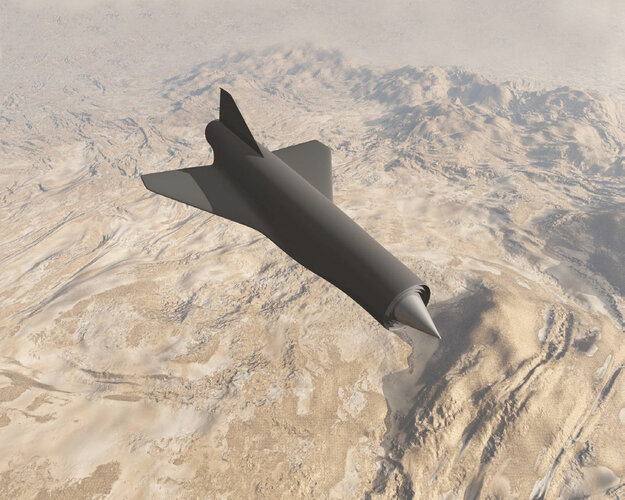
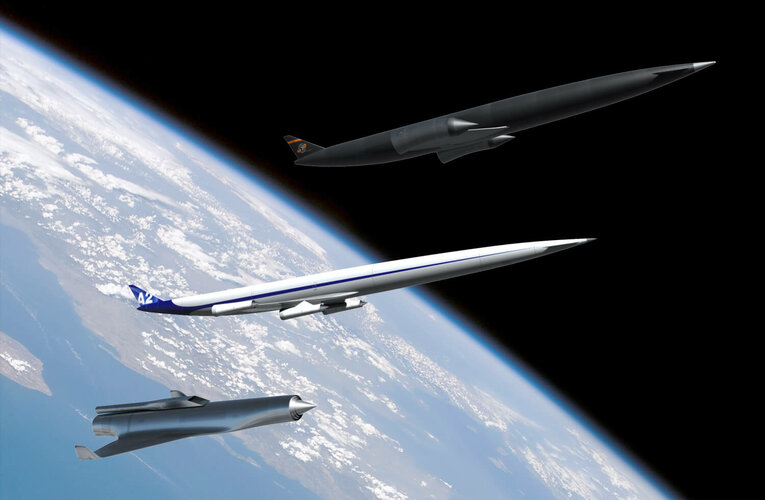
The missile tubes are pressure vessels, and will fill with water once the missile is fired. There should be a missile compensation system to rapidly adjust trim as missiles fire off. Which way it works depends on whether the missile is lighter than the volume of water replacing it like the Trident 1, or heavier than that volume of water like the Trident 2.This shows the two main pressure hulls, and the holes for the missile tubes between them. I'd always assumed the missile tubes would be inside the pressure hulls, and I had a mental image of the two pressure hulls filling the entire space in the hull.
Does that mean the silos would fill with water when the sub was submerged, or was each silo a pressure vessel?

Reaction Engines been doing loads of stuff under contract in the US thats had a lot of coverage but its the first time ive seen a mention of the UK's unmanned Hypersonic demonstrator aircraft since it was announced.
